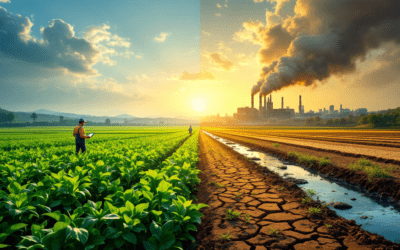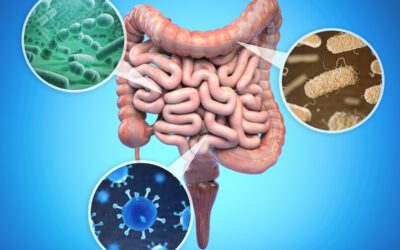
Residues & Contaminants in Food And Agriculture Products
Cultivator Phyto Lab provides reliable and accurate testing solutions to identify harmful chemical residue and contaminants in various food and agriculture products. To meet the strict regulations around the world regarding prohibited and restricted chemicals as well as help to avoid recalls through unwanted contaminants getting into food products, we provide a testing service to comply, maintain its reputation according to regulations and keep consumers safe.
Testing Parameters
Antioxidants
PAH & PCBs testing
Identification by FTIR
Melamine
Uric Acid
Preservatives Testing
THM & VOC Testing
Plant growth Regulators
Residual solvent
Test Methods
As per all national and international methods like AOAC, APHA, EU, Indian standard, FSSAI, ISO, own validated methods and customer supplied methods.

The use of pesticides (insect killing), fungicides (to control fungi, mould & mildew) and herbicides (Kill weeds) can help to crop resistance to disease and pests as well as increase yields, the excess use or use of forbidden pesticides can lead to the accumulation of harmful chemical residues. We provide trace, contaminants & residue analysis services, helping to ensure your products meet the required standards. From our facilities we provide fast and accurate screening, detection, identification and quantification the presence of pesticides, toxins, heavy metals and also melamine
Naturally Occurring Toxins (NOTs)
(NOTs) like mycotoxins and toxins occur in staple foods like corn or cereals can contain high levels of mycotoxins, such as aflatoxin and ochratoxin, produced by mould on grain. A long-term exposure can affect the immune system and normal development, or cause cancer.
Heavy Metals
Heavy metals such as lead, cadmium, and mercury cause neurological and kidney
damage. Contamination by heavy metals in food occurs mainly through pollution of air, water, and soil.
Persistent Organic Pollutants (POPs)
Persistent organic pollutants (POPs) are compounds that accumulate in the environment and the human body. Known examples are Polyaromatic hydrocarbons
(PAHs), and polychlorinated biphenyls (PCBs) which are highly toxic and can cause kidney, and liver damage and developmental problems, damage the immune system, interfere with hormones and cause cancer, which are unwanted by products of industrial processes and waste incineration. They are found worldwide in the environment and accumulate in food chains
NEWS AND BLOGS
Find up to date information, news releases, and corporate publications for Cultivator Phyto Lab customers
For excellent export quality, hold strongly to good agricultural practices (GAP)
“Stop ecotoxicity; otherwise, today's regulatory limit would be forcefully accepted tomorrow with no option at all”. The world renowned organisation such as Food and Agriculture Organization of the United Nations (FAO) 2017 state that “The future of food and...
A Wonderful Vegetable, Don’t Miss Out On Health & Wellness
“A Nutritious Source of Inspiration for Health and Wellbeing” Drumstick Vegetable (Common name in Hindi as Sahjan fali or Sajna) Flower, and Leaf, which is known as the "Miracle Tree" or "Tree of Life" due to its abundance of nutrients and antinutrients, the drumstick...
Unlocking Microbial Mysteries: A Guide to Analytical Profile Index (API)
“Every microorganism tells a story; only rigorous lab testing reveals the truth” What is the Analytical Profile Index (API)? In microbiology, the Analytical Profile Index (API) is a quick approach for rapidly and precisely identifying bacteria. Consider it is a...


